Cats, Dogs, Horses, Small Pets, Birds, Poultry & Reptile
(How to Use with Fish is below)
our fish testimonials & articles about
Aquatic Serenity and Well-being
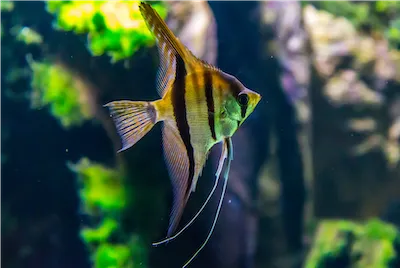
8 Signs of Fish Stress–A Basic Guide
8 Signs of Fish Stress
Introduction:
Owning an aquarium is a source of immense joy, but the responsibility of maintaining a thriving underwater community extends beyond providing a picturesque habitat. Fish, though resilient, are susceptible to stress, and recognizing the signs is crucial for their well-being. In this comprehensive 900-word article, we explore the subtle cues and overt signals that indicate fish stress, shedding light on the importance of understanding and addressing these indicators.
1. Behavioral Changes
Fish communicate through their behavior, and alterations in their usual patterns can be indicative of stress. Observing changes in swimming patterns, such as erratic movements or constant hiding, may signal distress. Conversely, excessive aggression towards tank mates or lethargy may also be signs of underlying stressors. Recognizing these behavioral cues requires attentive observation and an understanding of the normal behavior of the specific fish species in your aquarium.
2. Changes in Eating Habits
The dining habits of fish offer valuable insights into their well-being. A sudden loss of appetite or conversely, overeating, can both be signs of stress. Fish may refuse to eat due to environmental changes, illness, or even the presence of aggressive tank mates. Monitoring their feeding habits and adjusting the diet accordingly is essential for maintaining their overall health and addressing potential stressors.
3. Color Changes
The vibrant hues of aquarium fish often serve as an aesthetic delight, but alterations in color can be an expressive language of distress. Fading colors, darkening, or the development of unusual spots may indicate stress. Some fish even exhibit vivid or flashy colors when under duress. Understanding the natural coloration of your fish species is crucial to recognizing deviations that might signal an underlying issue.
4. Respiratory Changes
Respiration is a fundamental aspect of fish health, and changes in breathing patterns can be indicative of stress. Rapid gill movement, gasping at the water's surface, or spending an excessive amount of time near the water's surface are all signs that the fish may be struggling to breathe. Monitoring respiratory changes is crucial, as it can point to issues related to water quality, oxygen levels, or the presence of pollutants.
5. Fin Clamping or Fanning
The positioning of a fish's fins can reveal much about its emotional state. Clamping, where the fins are held close to the body, is a common response to stress. On the contrary, rapid and exaggerated fin fanning may also indicate distress. Understanding the usual fin position for your fish species is essential in identifying when these subtle but crucial signals are indicative of an underlying problem.
6. Scratching or Flashing
Observable behaviors such as scratching against objects or flashing (sudden bursts of swimming accompanied by rubbing against surfaces) can suggest external parasites or irritants, causing significant stress. These actions are attempts to alleviate discomfort. Recognizing these behaviors early can prompt intervention to address the root cause and prevent further distress to the fish.
7. Aggression or Social Withdrawal
Fish are social creatures, and alterations in their social dynamics can indicate stress. Increased aggression or, conversely, social withdrawal from tank mates may be signs of unease. Paying attention to changes in the hierarchy or observing if certain fish are being consistently excluded can help identify and address social stressors within the aquarium.
8. Unusual Postures or Tremors
Unusual postures, such as a drooping or slouched appearance, or visible tremors, may suggest physiological or neurological issues that cause discomfort. These signs should be closely monitored, as they can be indicative of various health concerns. Seeking professional advice may be necessary to accurately diagnose and address the underlying causes of such distress signals.
Addressing Fish Stress with a Holistic Approach
Recognizing the signs of fish stress is the crucial first step towards ensuring the well-being of your underwater companions. Once identified, addressing the root causes becomes an art. Conduct regular water quality tests to ensure optimal conditions, maintaining pristine aquatic environments. Opt for an appropriate tank size and decor, designed to cater to the specific environmental needs of your fish. Additionally, consider introducing hiding spots and aquatic plants to provide a sense of security, promoting natural behaviors.
Innovatively, some aquarium enthusiasts explore the calming effects of flower essences to address stress. This holistic approach combines traditional methods with innovative techniques, ensuring that your fish not only survive but thrive in a well-balanced and stress-free underwater haven. By attending to the physical, environmental, and potentially psychological aspects, you can cultivate a vibrant and harmonious aquatic community that delights both the observer and the observed.
Conclusion
In conclusion, understanding the signs of fish stress is paramount for responsible aquarium ownership. By decoding their behavioral cues, observing changes in eating habits, noting alterations in coloration, and paying attention to respiratory changes, fin positions, scratching behaviors, and social dynamics, you become attuned to the language of your underwater community. This knowledge allows you to address stressors promptly, ensuring a vibrant and thriving aquarium that brings joy to both the observer and the observed. Always remember, a healthy and stress-free fish is a happy fish.


Before and After Videos


BEFORE AND AFTER VIDEOS
troubled waters calmed:
Magical Before & After videos!
Aggressive Fish Tank Improvement
Calmed By Social Fish Solution
Regular Tank Activity
Take a look at the fish swimming at a calmer pace!
before Social Fish Solution
1 day after Social Fish Solution
2 months after Social Fish Solution
feeding time
Notice the decreased feeding frenzy!
before Social Fish Solution
1 day after Social Fish Solution
2 months after Social Fish Solution


TESTIMONIALS


TESTIMONIALS
Fintastic Feedback
My Tank Is So Peaceful!
Missing Snails Re-appear
No More Fish Cannibalism!
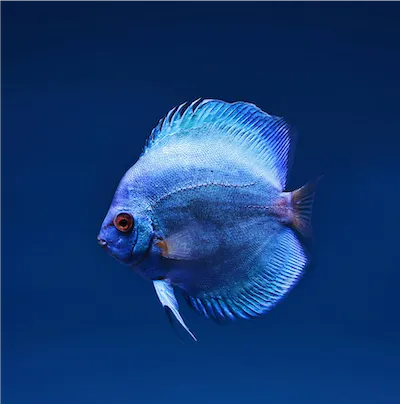
GOAL:
Harmony In the Harris' Fish Tank
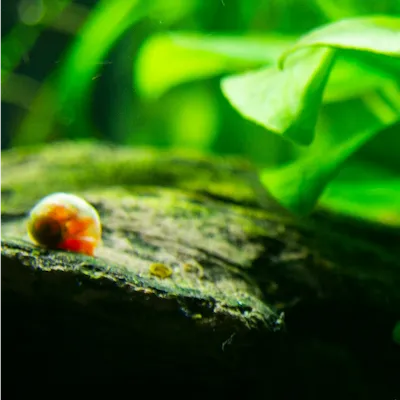
GOAL:
Harmony In the Dunn's Fish Tank
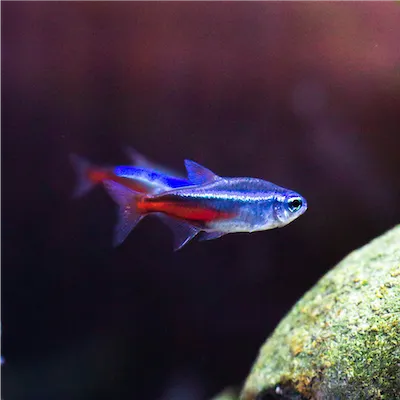
GOAL:
Harmony in the Meyer's Fish Tank
My tank became so aggressive. I no longer found it peaceful to sit and watch my tank.
One day later:
I can already see a difference! The tank is calmer and I get enjoyment from catching a glimpse of it as I walk by.
— DW
I thought my two snails were dead—I have not seen them in six months.
Two days later:
I spotted one snail out in the open.
One week later:
The second snail appeared along side the other.
— JN
I stopped buying my favorite small fish because they were eaten by my bigger fish within two days.
Two weeks later:
Now that my tank is calmer, it felt safe to add the small fish into the tank. I can still count all three of them one month later!
— CJ
My Tank Is So Peaceful!

GOAL:
Harmony In the Harris' Fish Tank
My tank became so aggressive. I no longer found it peaceful to sit and watch my tank.
One day later:
I can already see a difference! The tank is calmer and I get enjoyment from catching a glimpse of it as I walk by.
— DW
Missing Snails Re-appear

GOAL:
Harmony In the Dunn's Fish Tank
I thought my two snails were dead—I have not seen them in six months.
Two days later:
I spotted one snail out in the open.
One week later:
The second snail appeared along side the other.
— JN
No More Fish Cannibalism!

GOAL:
Harmony in the Meyer's Fish Tank
I stopped buying my favorite small fish because they were eaten by my bigger fish within two days.
Two weeks later:
Now that my tank is calmer, it felt safe to add the small fish into the tank. I can still count all five of them one month later!
— CJ
A Trained Animal Communicator Connects with Your Pet
With every order, a trained animal communicator connects with your pet to choose the right blend of flower essences
(e.g. Bach Flower Essences) for calming their anxiety. Custom blended flower essences are natural pet calming products.



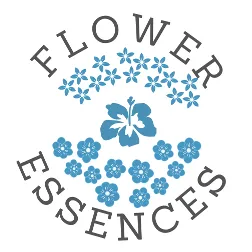


Calm Animal Solutions
Calm Animal Solutions offers customized, natural remedies for dog anxiety, and are calming for cats. Plus, we create blends for horses, small animal pets, birds, poultry, reptiles, and fish.
#CalmAnimalSolutions
on Instagram.
©2024, Catherine Winfree. All rights reserved.
Mandatory FDA Notice: The statements made regarding Calm Animal Solutions have not been evaluated by the Food and Drug Administration. These products are not intended to diagnose, treat, cure, or prevent any animal disease. Although the ingredients in Calm Animal Solutions are generally regarded as safe, you are encouraged to consult your veterinary before using any essence product (such as Bach Flower Essences, for example).
A Trained Animal Communicator Connects with Your Pet
With every order, a trained animal communicator connects with your pet to choose the right blend of flower essences (e.g. Bach Flower Essences) for calming their anxiety. Custom blended flower essences are natural pet calming products.





Mandatory FDA Notice: The statements made regarding Calm Animal Solutions have not been evaluated by the Food and Drug Administration. These products are not intended to diagnose, treat, cure, or prevent any animal disease. Although the ingredients in Calm Animal Solutions are generally regarded as safe, you are encouraged to consult your veterinary before using any essence product.

Home | Contact | Terms | Privacy Policy | About Catherine
©2024, Catherine Winfree. All rights reserved.


